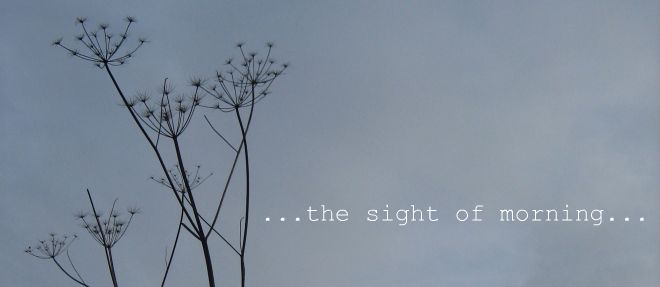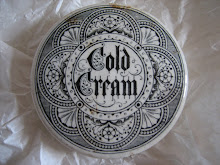I approached the first day with trepidation.
Painting is not my recreation of choice.
Did the sight of goose feathers and oak gall ink
increase or decrease my confidence?
"Decrease" is the correct answer.
But all was not lost!
I have not forgotten how to use tracing paper
and so could fearlessly copy masterpieces
and reinterpret them in the Basic style.
This is Ellie, History of Art graduate,
demonstrating crazy quill and ink skills.
The Renaissance Workshop used a variety of ingredients:
silverpoint drawing on a surface of crushed bird bone,
oak gall ink, lamp black ink,
rabbit skin glue, ox glue.
sienna, ochre, umber, vermillion,
lapis lazuli, azurite, orcein,
lime white, lead white, gold leaf.
And egg yolk.
Here is a master class
by Professor Alan Pascuzzi,
academic, artist and teacher,
on how to crack an egg.
The egg yolk is used as emulsion
for pigment in tempera paintings.
First apply gold leaf to your icon
and then paint.
With egg yolk.
Simple. No?
This is the lovely Marianne
carefully re-creating an icon.
I should explain that egg tempera dries quickly
so you have to know what you are doing.
Which I did not.
(Imagine a learner driver on the M25)
Wet fresco plaster dries even quicker.
You need to finish painting within an hour.
Which I did not.
(Imagine a learner driver in the fast lane of M25)
Here is MrM concentrating hard.
I think he looks quite adorable.
I must regretfully admit
that MrM's icon was better than mine.
Mine looked like Wendy the Witch.
*****
We both had a most enjoyable week
and the informative lectures,
site visits and practical sessions
have completely changed
our appreciation of Renaissance art.
Many thanks to the
British Institute
and to Professor
Alan Pascuzzi
who was incredibly patient
with his Renaissance 'apprentices'.
.jpg)


































.jpg)





